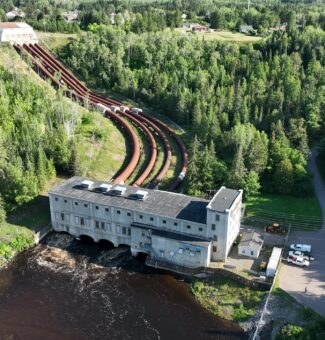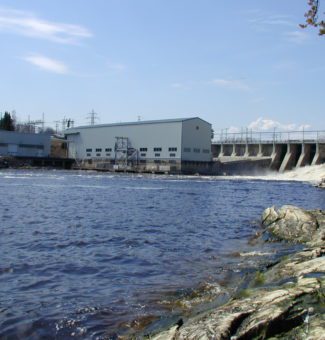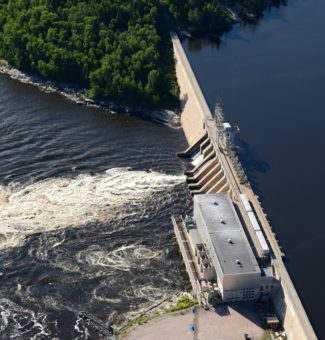Original 19th century crane rails reach end of the line at Kakabeka GS
Moulded on the original powerhouse crane rails at OPG’s Kakabeka Generating Station (GS) are the words: C.P.R. Steel Krupp 1882.
These steel rails forged 137 years ago from the Krupp factory in Germany diligently served the four-unit, 25-megawatt hydroelectric station since it was first commissioned in 1906. In the late 1800s, Krupp was a leading steelmaker in Europe, and the steel they produced was used to build the early rail lines for the Canadian Pacific Railway and in the U.S.
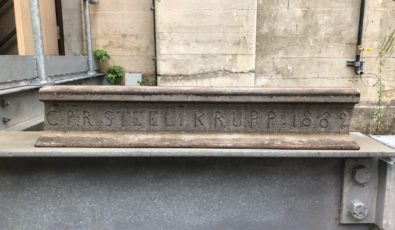
The rails at Kakabeka GS, which run the full length of the powerhouse, carry the 50-ton overhead crane, an important piece of equipment necessary for station maintenance and work on the units in the powerhouse.
Years of maintenance and care kept the aging crane rails in working shape. But the time has now come for the original rails to be replaced.
“It’s remarkable how long these rails have been in operation given their age,” said Dan Kubley, Trades Management Supervisor at OPG’s Northwest Operations. “The lifespan of these 19th century crane rails are a testament to early quality workmanship and equipment, and the expertise of our station staff in maintaining their performance.”
In the early 2000s, the crane assembly at the station was upgraded with new bridge beams and a trolley that supported a five-ton auxiliary hook and main 50-ton hook. At the time, the original crane rails were left in place.
“The lifespan of these 19th century crane rails are a testament to early quality workmanship and equipment, and the expertise of our station staff in maintaining their performance.”Dan Kubley, Trades Management Supervisor at OPG’s Northwest Operations
In August 2018, the crane controls and pendant were updated but the crane still rode on the dated rails. At 113 years old, Kakabeka Falls GS has done a lot of shifting and settling which, over time, has had a significant effect on the crane rail level and alignment. In 2017, the crane was de-rated to a maximum load of five tons. While this restriction didn’t impact station maintenance, it did prevent any large scale work or unit overhauls.
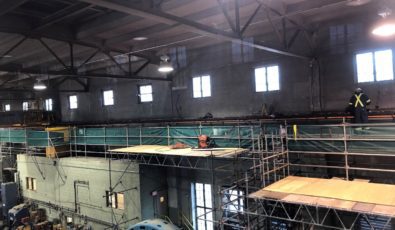
In the fall of 2018, preliminary work to replace the rails began. Station-length scaffolds were put up along the north and south walls of the station, up to the existing rail runway elevation, and demolition of the existing rails started this past February.
All new rail sections have now been installed and bolted in position on the crane runway. The new rails will be laser aligned later this summer. During this alignment, any required adjustments to rail elevation and gauge will be completed, and the crane will then be ready to return to full capacity service.
All work to date on the project has been completed safely and with no injuries.
“From a maintenance perspective, this upgrade to the crane runway keeps a valuable tool in service,” said Kubley. “This will help our employees keep the station well serviced and available to produce safe, reliable power as it has since the early 20th century.”
Subscribe and stay informed
Sign up to receive the latest news, project updates, and event information from OPG.
